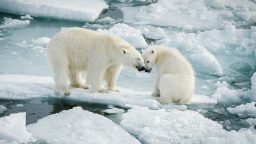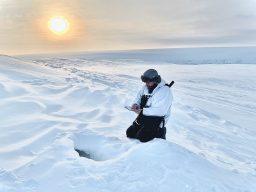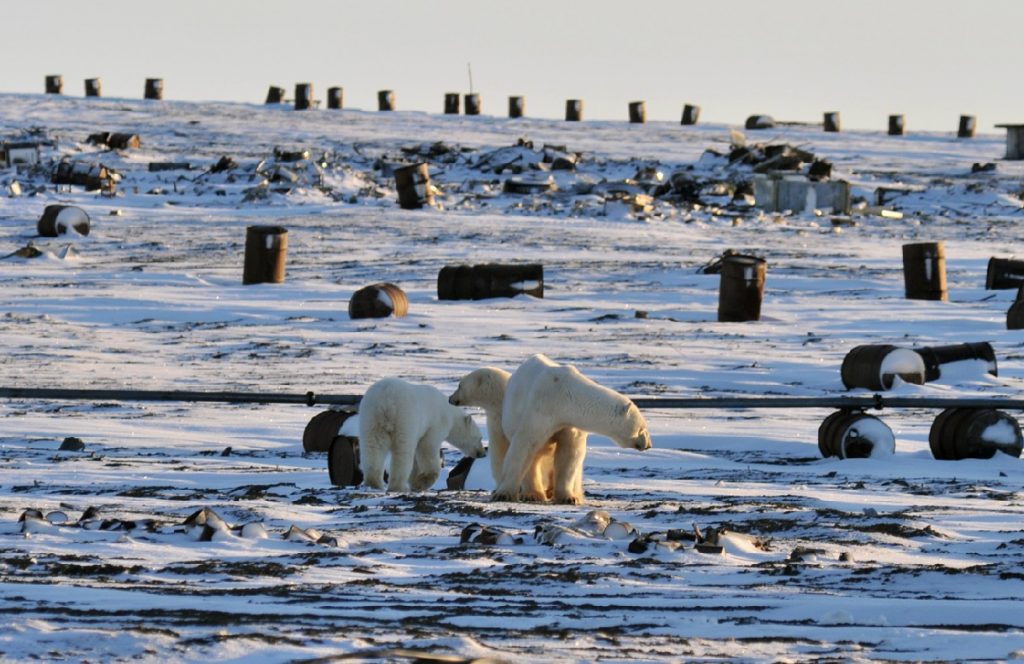
A witness who saw the oceans at the dawn of the world would find the underwater world almost completely devoid of life. At one time, about 3.5 billion years ago, the main organisms began to emerge from the “primordial broth” (primordial oose). This microbial soup, consisting of algae and bacteria, needed a small amount of oxygen for its survival. Gradually, simple organisms evolved and acquired more complex life forms, and as a result, a surprisingly rich variety was formed, consisting of fish, corals, whales, as well as other forms of marine life that we currently associate with the ocean.
However, today marine life is under threat. Over the past 50 years — an insignificant amount in geological time — humanity has come dangerously close to reversing the almost miraculous biological abundance of the deep sea. Pollution, overfishing, habitat destruction, and climate change are emptying the oceans and allowing lower life forms to regain their dominance.
Oceanographer Jeremy Jackson calls this process “the rise of slime”: we are talking about the transformation of the once complex oceanic ecosystems, where intricate food webs with large animals existed, into simplified systems with a dominant position of microbes, jellyfish and diseases. In other words, human beings destroy the lions and tigers of the seas, thereby making room for cockroaches and rats.
The prospect of the disappearance of whales, polar bears, bluefin tuna, sea turtles and wild coastal areas should in itself cause concern. But the destruction of the ecosystem as a whole threatens our very survival, because it is the healthy functioning of this diverse system that supports life on Earth. The destruction of such a level will cost humanity dearly in terms of food, work, health, as well as quality of life. In addition, it violates an unwritten promise, passed down from one generation to another, regarding a better future.
They taught a man to fish — and then what?
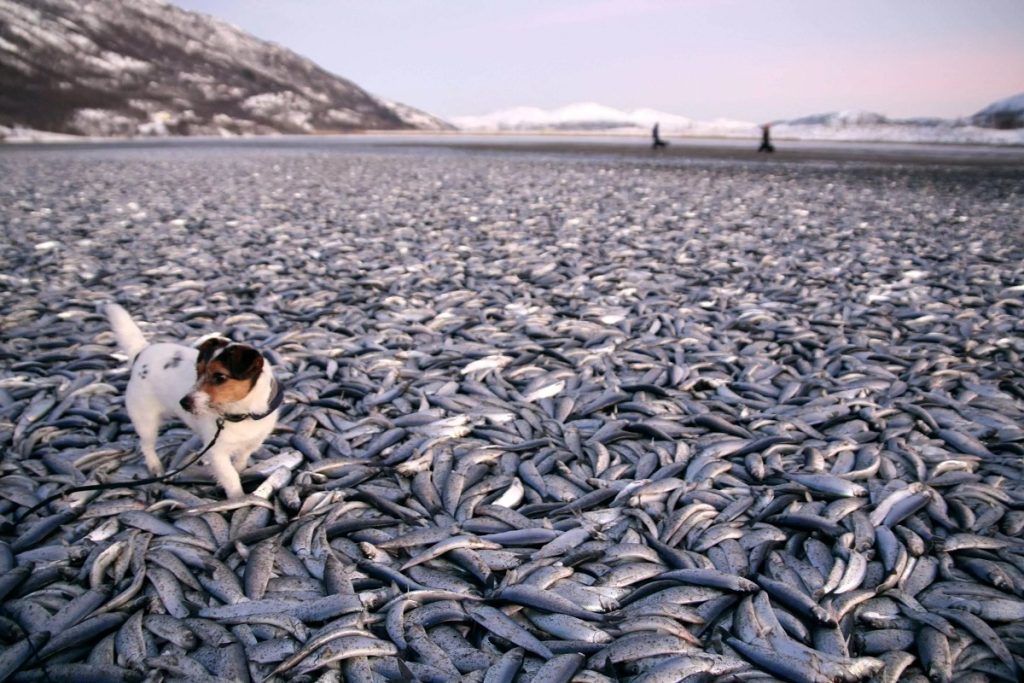
Another reason for the depletion of the oceans is that people simply kill and eat too many fish. A study often cited by the journal Nature, conducted in 2003 by marine biologists Ransom Myers and Boris Worm, shows that the number of large fish — both living in open water (tuna, swordfish, and marlin) and large bottom fish (cod, halibut and flounder) — decreased by 90% since 1950. These data have become the basis for disputes between scientists and managers of the fishing industry. But subsequent studies have confirmed the data that the number of fish has significantly decreased.
In fact, if we look at what happened long before 1950, the data on 90% will be conservative. As historical ecologists have shown, we are far removed from the days when Christopher Columbus reported a large number of sea turtles migrating along the shores of the New World; from the time when 5-meter sturgeons filled with caviar jumped out of the waters of the Chesapeake Bay.
From the time when George Washington’s Continental Army was able to avoid starvation, feeding on sheds, flocks of which went up the river to spawn; from the time when oyster shallows practically blocked the Hudson River; from the time when the American adventure writer of the early 20th century, Zane Gray, admired the huge swordfish, tuna, king mackerel and sea bass he discovered in the Gulf of California.
Today, human appetite has caused the almost complete disappearance of these fish. It is not surprising that schools of predatory fish are constantly decreasing in size, if we take into account the fact that one bluefin tuna can be sold for several thousand dollars in the markets of Japan. High prices — in January 2013, a 230-kilogram Pacific bluefin tuna was sold at auction in Japan for $ 1.7 million — justify the use of airplanes and helicopters to scan the ocean in search of remaining fish; and the inhabitants of the depths of the sea can not oppose the use of such technologies.
But not only large fish are in danger. In a large number of places where tuna and swordfish once lived, predatory fish species are disappearing, and fishing fleets are switching to smaller and plankton-eating fish such as sardines, anchovies and herring. Overfishing of smaller fish deprives the larger fish remaining in these waters of food; aquatic mammals and seabirds, including ospreys and eagles, also begin to suffer from hunger. Marine experts refer to this sequential process following down the food chain.
The problem isn’t just that we eat too much seafood; it’s also how we catch them. In modern industrial fishing, drawing lines with a large number of hooks are used, which are pulled behind ships at a distance of several kilometers, and industrial trawlers in the open sea lower their nets thousands of meters deep into the sea. As a result, many species that are not intended for fishing, including sea turtles, dolphins, whales, as well as large seabirds (for example, albatrosses), get caught in nets or become entangled in them.
Every year, millions of tons of non-commercially interesting marine life are killed or injured as a result of industrial fishing; in fact, a third of what fishermen catch from the depths of the sea, they absolutely do not need. Some of the most destructive fishing methods destroy from 80% to 90% of what gets into the nets or is caught in another way. In the Gulf of Mexico, for example, for every kilogram of shrimp caught by a trawler, there are more than three kilograms of marine life that are simply thrown away.
As the oceans become impoverished and the demand for marine products increases, the development of marine and freshwater aquaculture may represent an attractive solution to the existing problem. After all, we are increasing the number of livestock on land for food production, and why can’t we do the same on marine farms? The number of fish farms is increasing faster than any other form of food production, and today most commercially sold fish and half of the seafood imported into the United States comes from aquaculture enterprises. If you do this right, then fish farms can be acceptable from the point of view of environmental protection.
However, the impact of aquaculture can be very different depending on the specialization, while the methods used, location and some other factors can complicate sustainable production. Many farmed fish species are highly dependent on wild fish used for feed, and this negates the advantages of aquaculture in the field of fish conservation. Farmed fish can also end up in rivers and oceans, posing a threat to wildlife due to infectious diseases or parasites, as well as as a result of competition with local inhabitants for food and spawning sites. Farms fenced only with a grid are also capable of polluting the water with various kinds of fish waste, pesticides, antibiotics, uneaten food, diseases and parasites that get directly into the surrounding water.
Destruction of the last frontier of the Earth
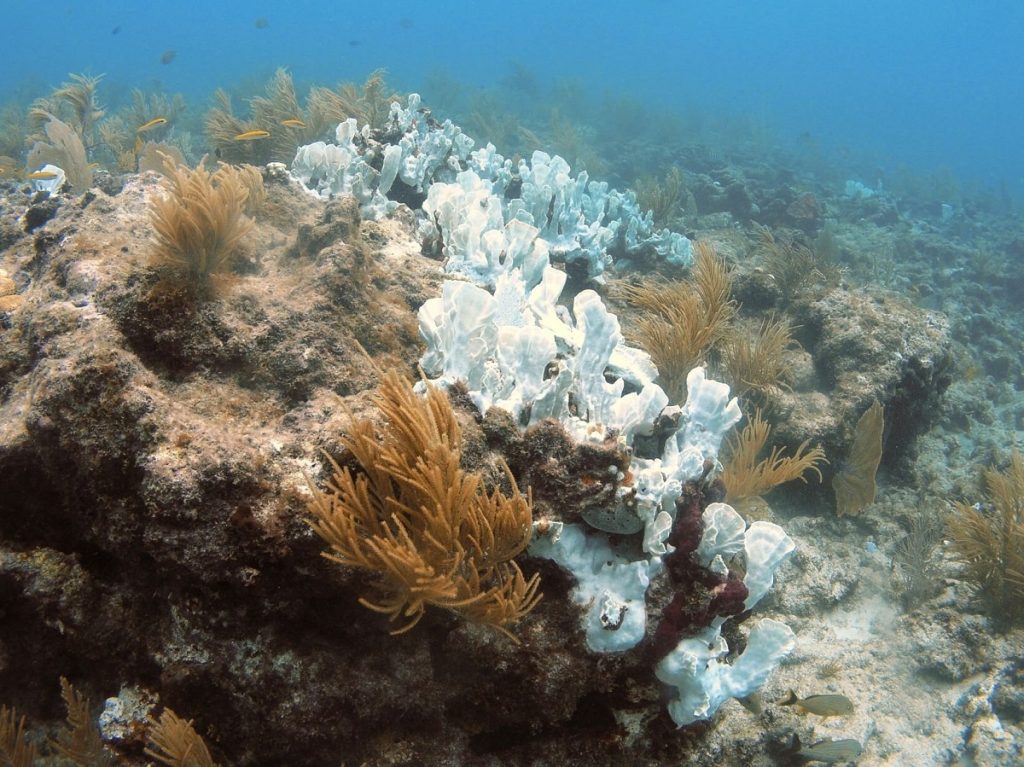
Another factor causes the impoverishment of the oceans. We are talking about the destruction of habitats that have provided amazing marine life for thousands of years. The construction of residential and commercial buildings has devastated the once wild coastal strip. People are particularly active in destroying coastal marshes, which serve as a feeding ground and nursery for fish and other wildlife, as well as filtering environmental pollutants and strengthening the shores, protecting them from storms and erosion.
The general destruction of the ocean habitat is hidden from view, but it is no less disturbing. For fishermen searching for elusive prey, the depths of the sea have become the last frontier of our planet. There are underwater mountain ranges called sea elevations (they number in the tens of thousands and in most cases are not marked on maps), which have become particularly desirable targets. Some of them rise from the seabed to a height comparable to the Cascade Mountains in Washington State. Steep slopes, ridges and peaks of sea elevations in the South Pacific Ocean, as well as in other places, are a habitat for a large number of various representatives of marine flora and fauna, including a significant number of undiscovered species.
Today, fishing vessels drag huge nets with steel plates and heavy rollers along the seabed and underwater elevations, destroying everything in their path at a depth of more than one kilometer. Industrial trawlers, like bulldozers, make their way, and as a result, the sea hills stop in sand, bare rocks and piles of debris. Deep-sea corals that prefer low temperatures are older in age than California evergreen sequoias, they are also being destroyed.
As a result, an unknown number of species from these unique islands of biological diversity — they may also contain new medical devices and other important information — are doomed to extinction even before people have the opportunity to study them.
Relatively new problems present additional challenges. Invasive species, including lionfish, dreissens and Pacific jellyfish disrupt the coastal ecosystem, and in some cases they cause a complete collapse of fishing. The noise from echo sounders used by military systems and its other sources have a devastating effect on whales, dolphins and other representatives of marine wildlife. Large vessels passing along busy trade routes kill whales. Finally, the melting Arctic ice creates new dangers for the environment, as the habitual habitat for marine flora and fauna is being destroyed, while mining is being facilitated and sea trade routes are expanding.
In warm water
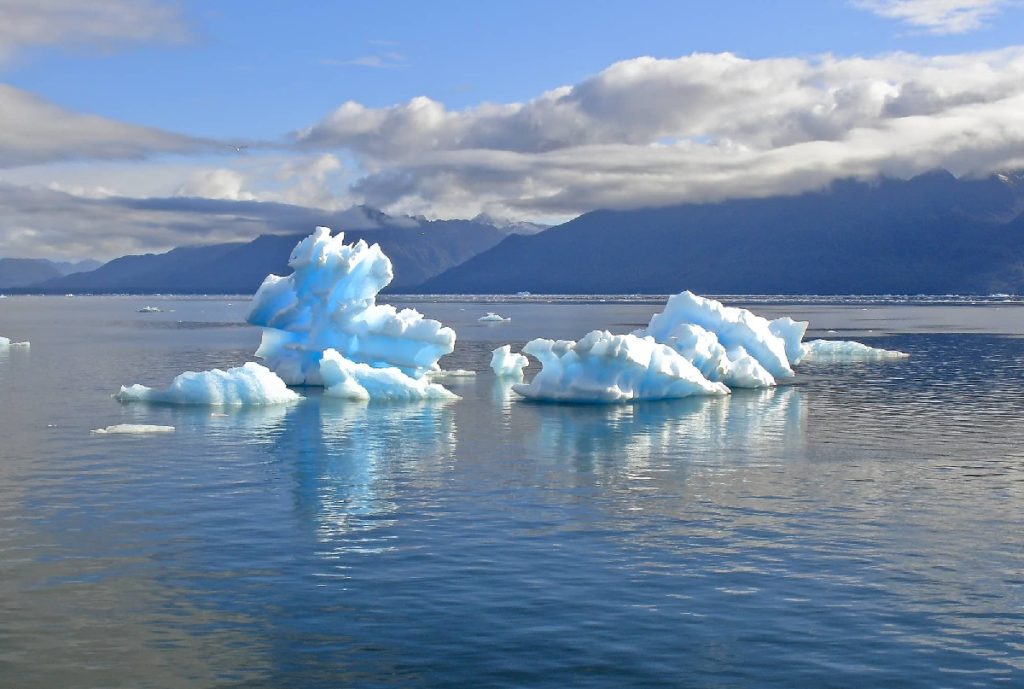
But that’s not all. Scientists estimate that human-caused climate change will contribute to an increase in the temperature on the planet in the range of four to seven degrees Fahrenheit over the course of this century, and as a result, the oceans will become warmer. The water level in the seas and oceans is rising, storms are becoming stronger, and the life cycle of plants and animals is changing dramatically, as a result of which migration patterns change and other serious violations occur.
Global warming has already led to the devastation of coral reefs, and experts now predict the destruction of the entire reef system over the next few decades. Warmer waters wash out small algae that serve as their food source, and corals die of starvation — this process is called “bleaching” (bleaching). At the same time, an increase in ocean water temperature contributes to the spread of diseases in corals and in other types of marine wildlife. Nowhere do such complex types of interdependence cause seas to die as actively as they do in fragile coral ecosystems.
The oceans have also become more acidic as carbon dioxide released into the atmosphere dissolves in the world’s oceans. The accumulation of acid in marine waters reduces the amount of calcium carbonate, a key building element for the skeletons and shells of corals, plankton, mollusks, as well as for many other marine organisms. Just as trees force each other to reach out to the light by building up wood, many marine life needs hard shells for growth, as well as for protection from predators.
Transformations in the open ocean can have a significant impact on the climate, as well as on the complex processes that support life on earth and at sea. Scientists do not yet fully understand how these processes work, but ignoring warning signals can lead to very serious consequences.
The world is facing a choice. We should not go back to the oceanic Stone Age. The question remains whether we will be able to concentrate the political will and moral courage to restore the seas before it is too late. Both this challenge and these opportunities exist.
By Alan B. Sielen Published in abridgment. Source

